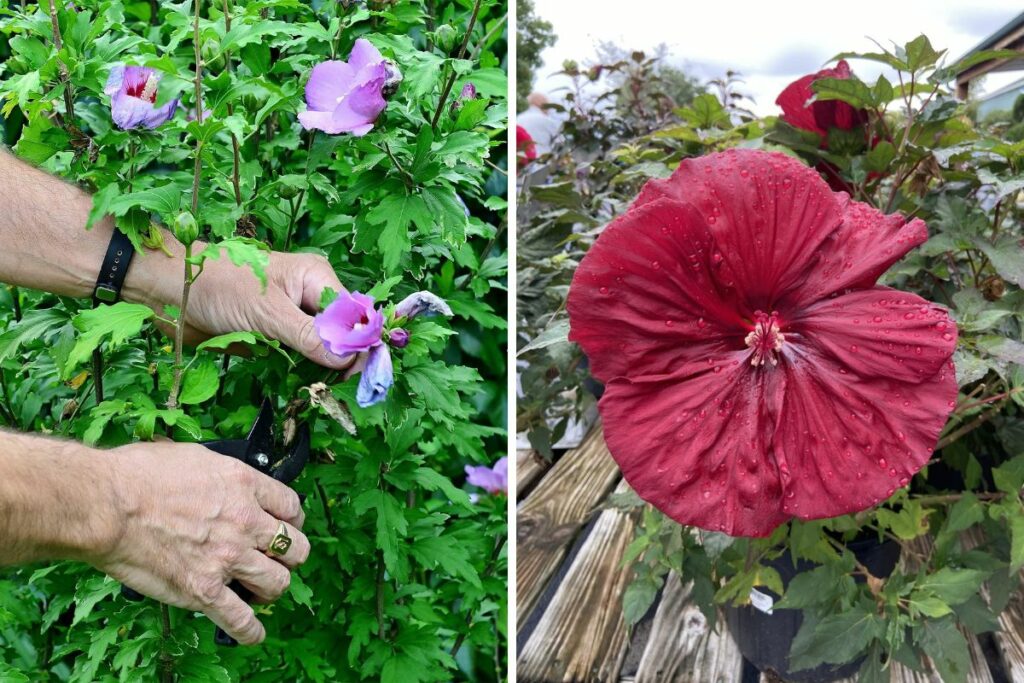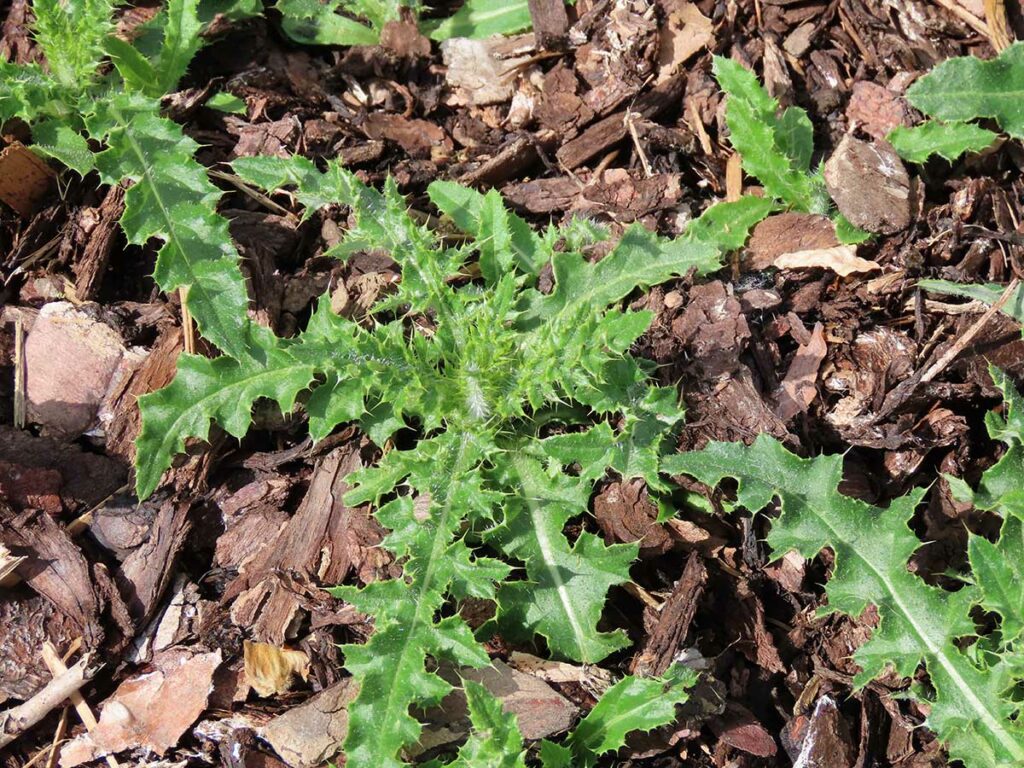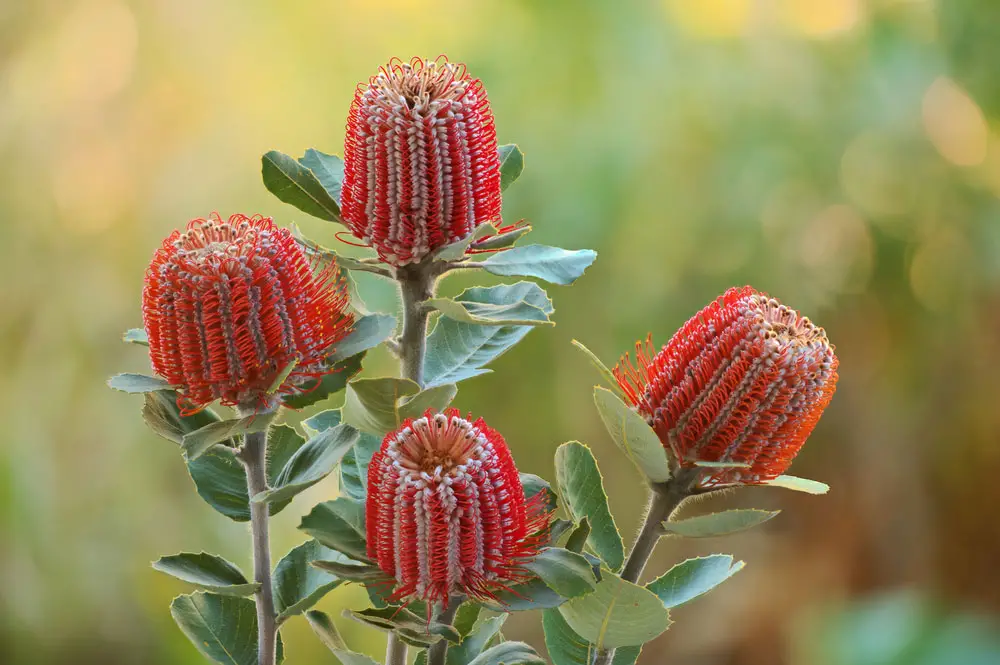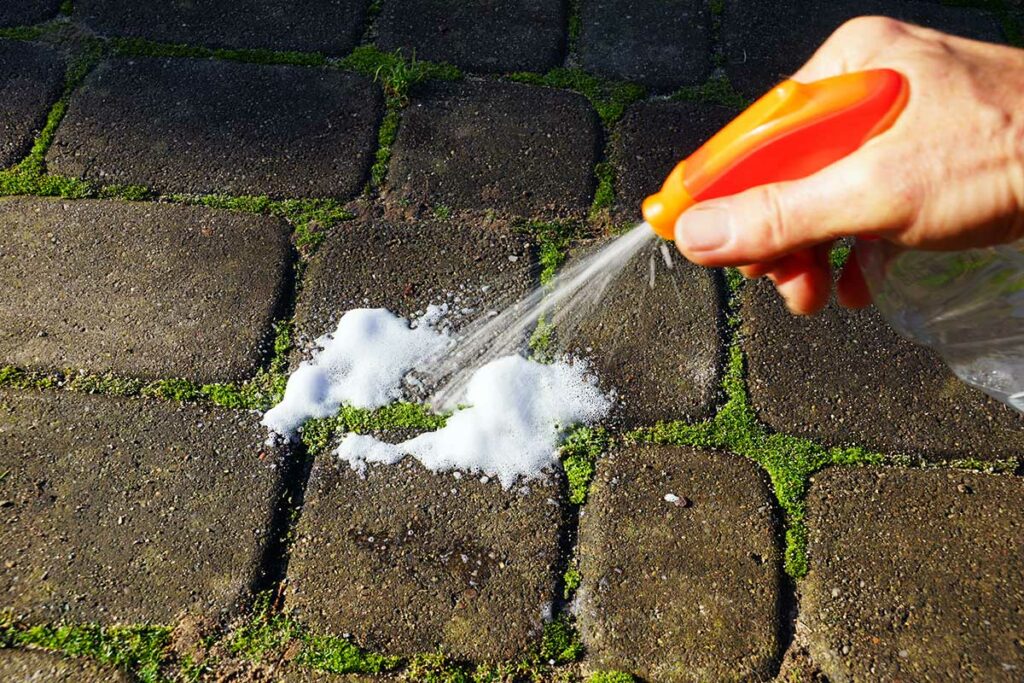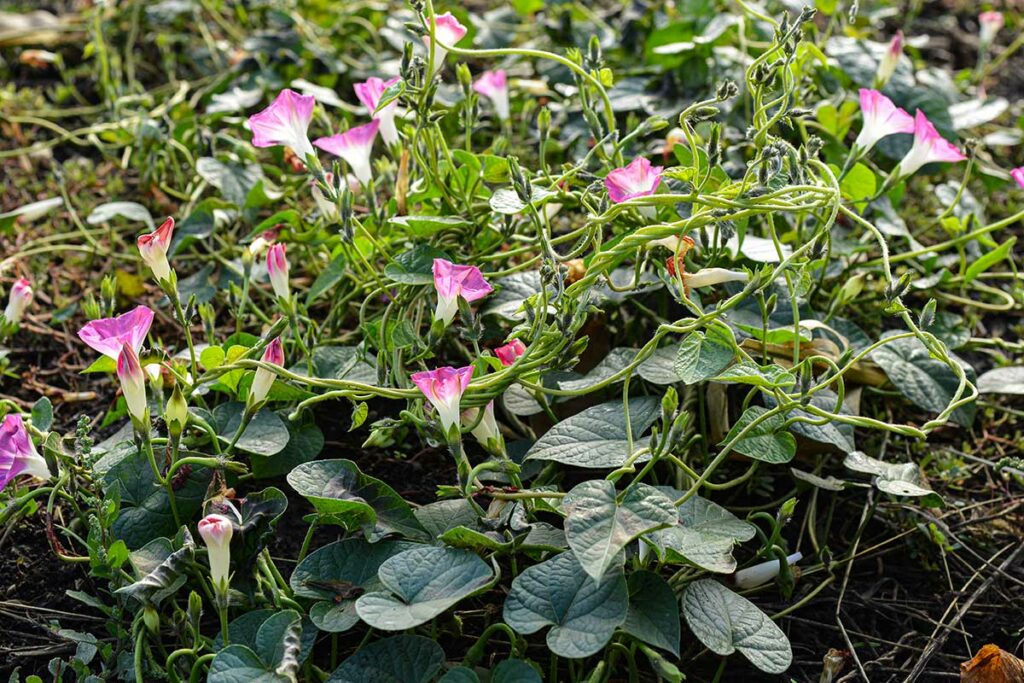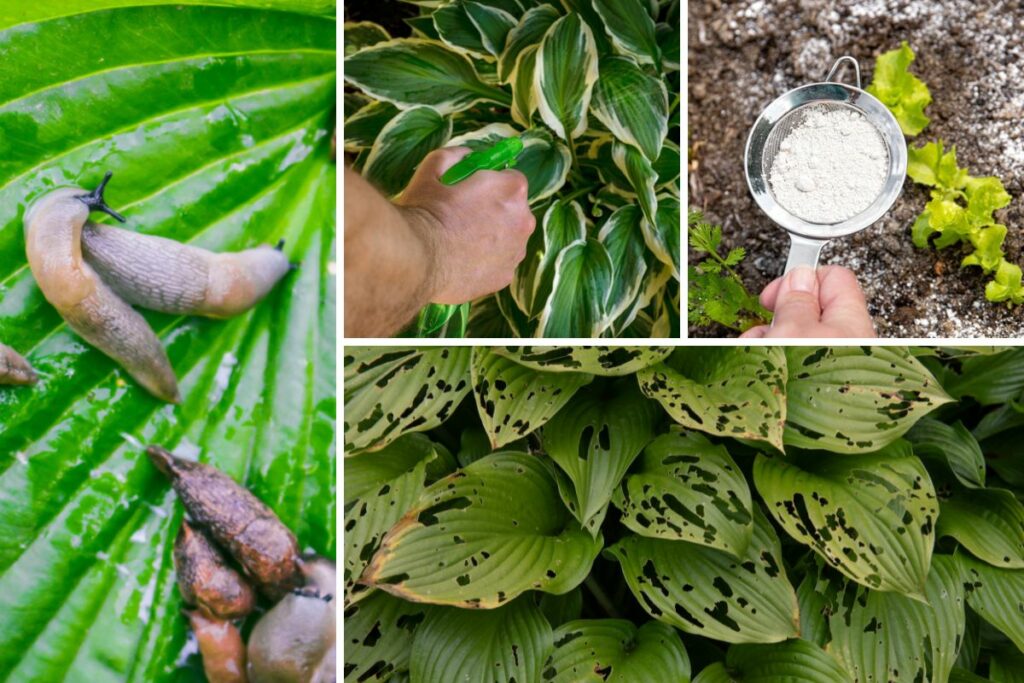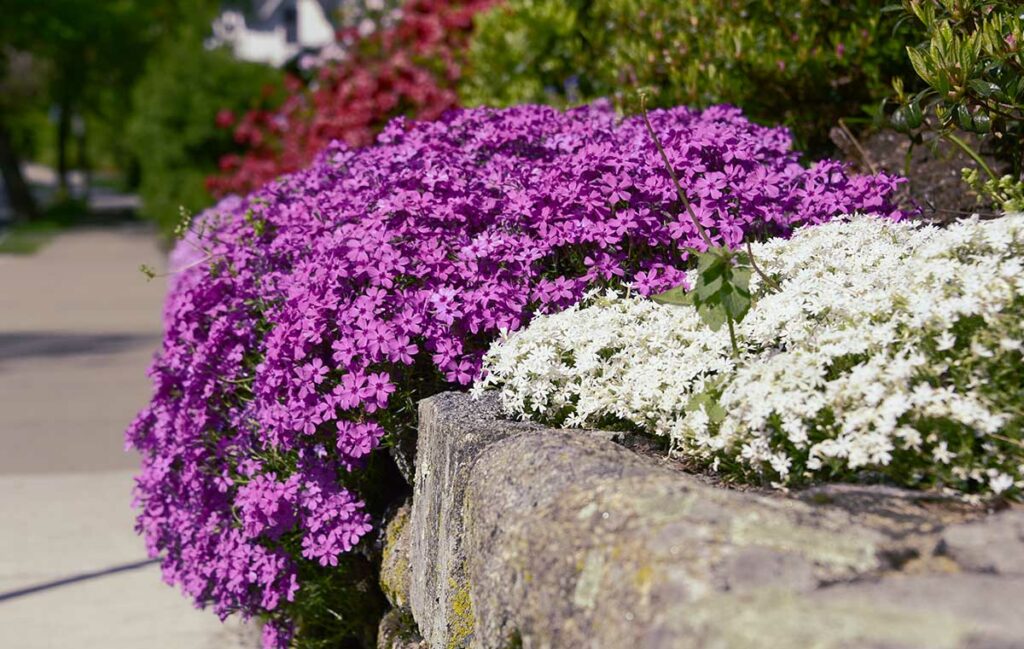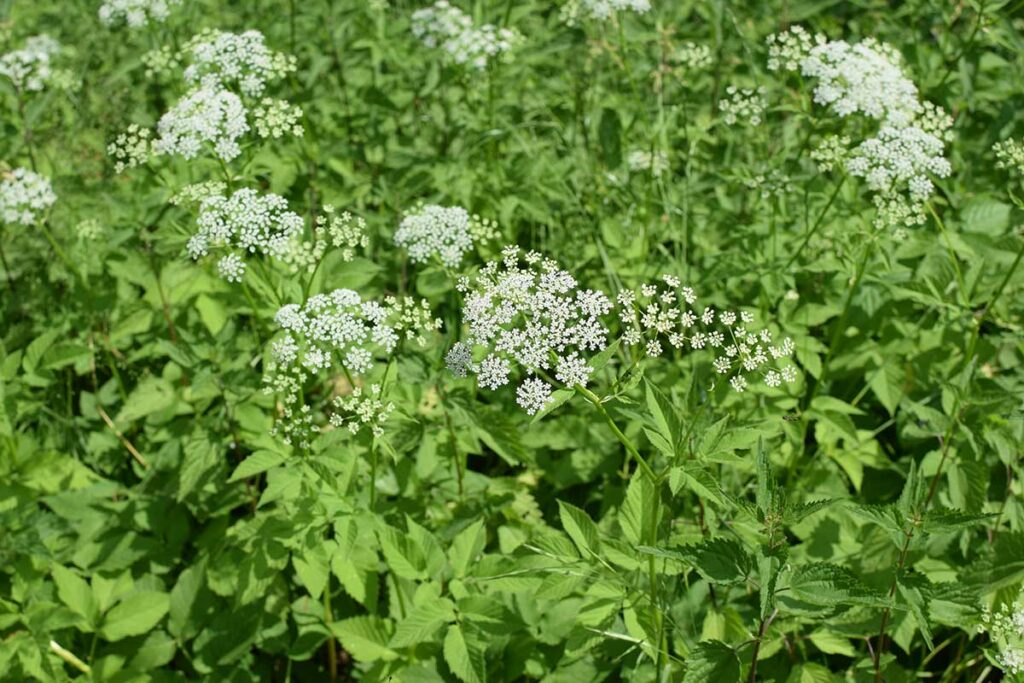
Invasive weeds can be a nuisance for any gardener. Goutweed, also known as Bishop’s weed or ground elder, is one such invasive weed that can be difficult to control. This fast-growing, aggressive plant can quickly take over garden beds and lawns, choking out other plants and ruining the aesthetic appeal of your outdoor space.
Fortunately, there are several effective strategies for dealing with goutweed.
Understanding Goutweed is the first step in controlling it. This perennial plant spreads through underground rhizomes, making it difficult to eradicate completely. Its leaves are heart-shaped and can grow up to 4 inches across, while its white flowers bloom in early summer.
Goutweed is hardy and can thrive in a variety of growing conditions, including shade and poor soil. Knowing these characteristics can help you choose the best strategy for controlling it.
Three Main Strategies to Deal with Invasive Weeds like Goutweed include physical removal, chemical control, and biological control methods. Each strategy has its pros and cons, and the best approach depends on the severity of the infestation and your personal preferences.
Physical removal involves digging up the roots and rhizomes of the plant, while chemical control uses herbicides to kill the plant.
Biological control methods involve introducing natural enemies of the plant, such as insects or fungi, to control its growth.
By using one or more of these strategies, you can effectively manage goutweed and prevent it from taking over your garden.
Key Takeaways
- Understanding the characteristics of goutweed is crucial to controlling it effectively.
- Physical removal, chemical control, and biological control methods are the three main strategies for dealing with invasive weeds like goutweed.
- Preventive measures, such as mulching and regular maintenance, can help prevent goutweed from spreading in the first place.
Understanding Goutweed
Goutweed (Aegopodium podagraria) is a common invasive weed that can quickly take over a garden or lawn. It is also known as bishop’s weed, ground elder, and snow-in-the-mountain. Goutweed has a deep root system that makes it difficult to remove, and it spreads quickly through its underground rhizomes.
Goutweed is a perennial plant that can grow up to three feet tall. It has triangular leaves with serrated edges and small white flowers that bloom in the summer. Goutweed is often mistaken for other plants, such as wild carrot or poison hemlock, but its distinctive leaves and flowers make it easy to identify.
Goutweed is native to Europe and Asia and was brought to North America as an ornamental plant. It is now considered a noxious weed in many areas and is difficult to control.
Goutweed can spread rapidly and choke out other plants, making it a serious threat to native ecosystems.
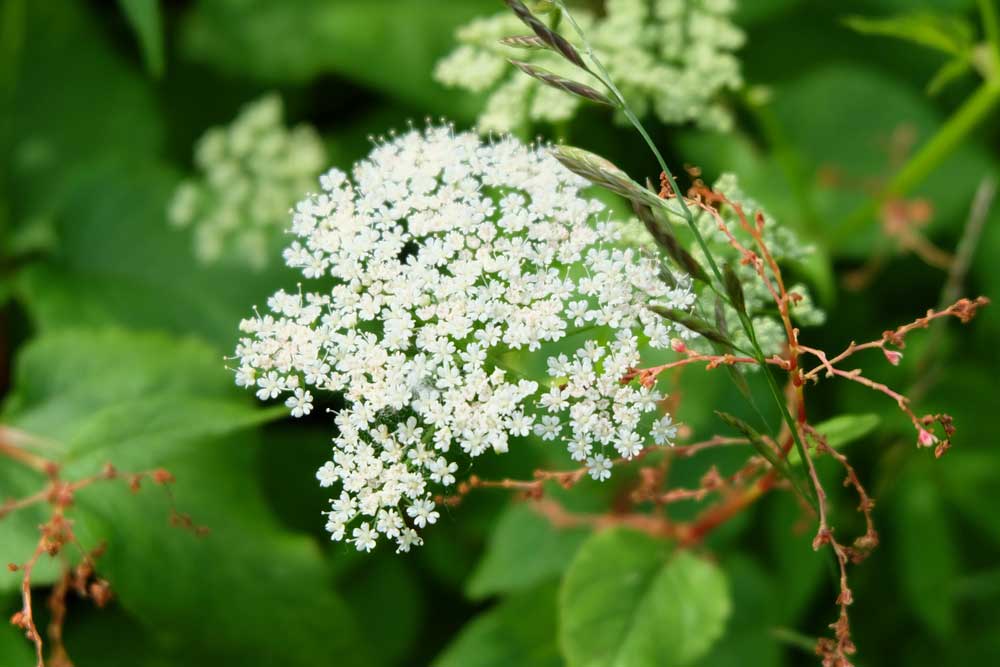
To control goutweed, it is important to understand its growth habits and root system. Goutweed spreads through its rhizomes, which can grow up to six feet deep in the soil. This makes it difficult to remove by hand, as any small piece of root left behind can quickly grow into a new plant.
One effective way to control goutweed is to smother it with a thick layer of mulch or cardboard. This will prevent the plant from getting sunlight and will eventually kill it. Another option is to use herbicides, but this should be done carefully to avoid damaging other plants.
In conclusion, goutweed is a common and invasive weed that can quickly take over a garden or lawn. Understanding its growth habits and root system is key to controlling it effectively. By using methods such as smothering with mulch or using herbicides, gardeners can keep goutweed under control and prevent it from spreading to other areas.
Three Main Strategies to Deal with Invasive Weeds
Invasive weeds can be a major problem for gardeners and landscapers. They can quickly take over an area, choking out other plants and ruining the aesthetic of a space. Fortunately, there are several strategies that can be used to deal with invasive weeds like goutweed.
1. Manual Removal
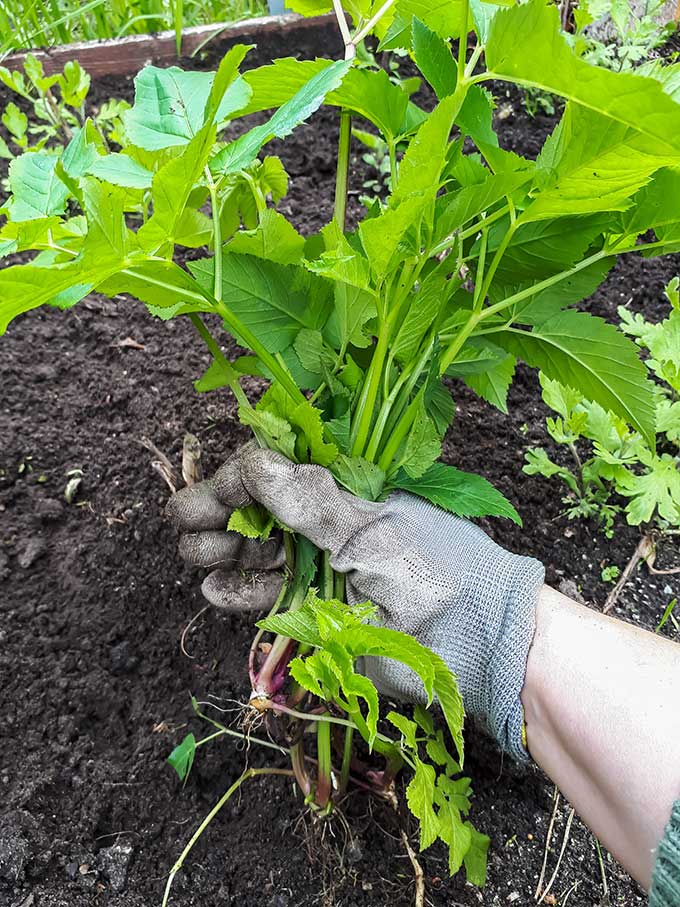
One of the most effective ways to deal with invasive weeds is to remove them manually. This can be done using a variety of tools, including hoes, shovels, and hand trowels.
The key is to remove as much of the root system as possible to prevent the plant from regrowing.
2. Chemical Control
Chemical control is another option for dealing with invasive weeds. Herbicides can be used to kill the plants, but care must be taken to avoid damaging other plants in the area. It is important to follow the manufacturer’s instructions carefully and to wear protective clothing when applying herbicides.
3. Prevention
Prevention is always the best strategy when it comes to dealing with invasive weeds. This can be done by planting native species that are less likely to be invasive, and by taking steps to prevent the spread of invasive plants. For example, gardeners should avoid planting invasive species, and should be careful not to spread seeds or plant material from invasive plants to other areas.
By using these strategies, gardeners and landscapers can effectively deal with invasive weeds like goutweed, and keep their gardens and landscapes looking healthy and beautiful.
Physical Removal of Goutweed
Goutweed is a stubborn invasive weed that can quickly take over your garden if left unchecked. Fortunately, there are several effective ways to deal with it. One of the most straightforward methods is physical removal. Here are two sub-sections that explain how to remove goutweed manually.
Digging Out
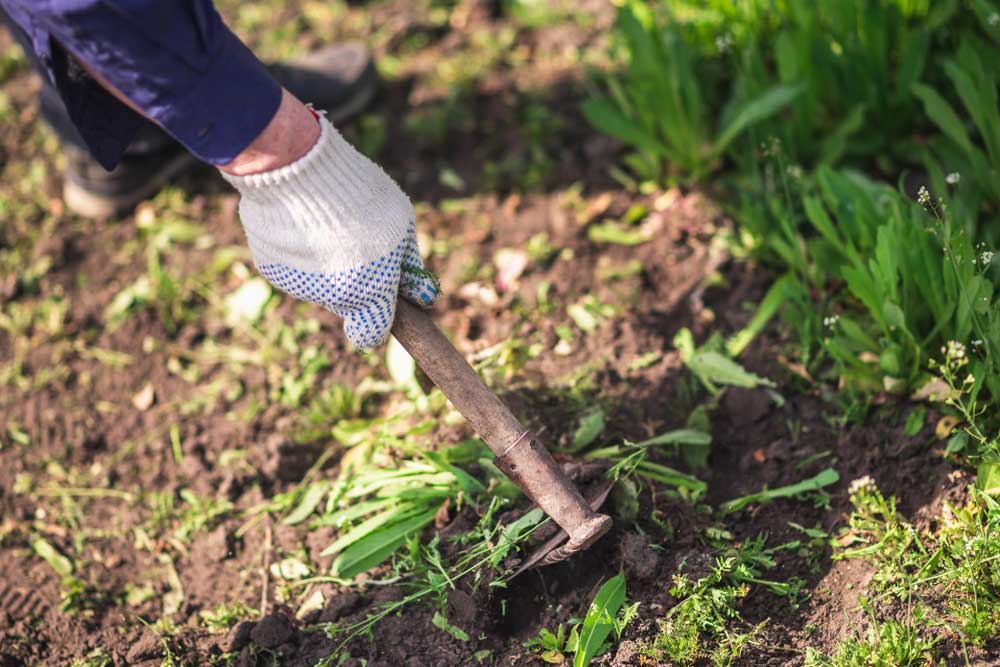
The first step in digging out goutweed is to loosen the soil around the plant using a garden fork or spade. This will make it easier to remove the entire root system. Be sure to wear gloves to protect your hands from the sharp edges of the roots.
Once the soil is loosened, grasp the plant at the base and gently pull upward. If the plant doesn’t come out easily, use a trowel or shovel to dig around the root system and loosen it further. Be sure to remove all of the roots, as even a small piece left in the ground can regrow into a new plant.
After removing the plant, dispose of it in a plastic bag or burn it to prevent it from spreading.
Smothering Technique
Another effective way to physically remove goutweed is to smother it. This technique involves covering the plants with a layer of cardboard or newspaper and then adding a thick layer of mulch on top.
The cardboard or newspaper blocks out sunlight, preventing the goutweed from photosynthesizing and growing. The mulch layer helps to keep the cardboard or newspaper in place and provides additional insulation.
Leave the smothering layer in place for several weeks or even months. Over time, the goutweed will die off, and you can remove the smothering layer and dispose of it.
Physical removal is an effective way to deal with goutweed, but it can be time-consuming and labor-intensive. However, it is a good option for small infestations or for gardeners who prefer to avoid using chemicals.
Chemical Control of Goutweed
Appropriate Herbicides
Chemical control is one of the most effective ways to get rid of goutweed. There are several herbicides available that can help you control the growth of goutweed. Glyphosate, triclopyr, and dicamba are some of the commonly used herbicides for goutweed control.
Glyphosate is a non-selective herbicide that can kill all plants it comes in contact with. It is effective against goutweed, but it can also harm other plants in the area. Triclopyr and dicamba are selective herbicides that target broadleaf plants like goutweed. They are less harmful to other plants in the area.
It is important to choose an appropriate herbicide for your goutweed problem. Read the label carefully to make sure the herbicide is effective against goutweed and safe to use in your specific situation.
Proper Application
Once you have chosen the appropriate herbicide, it is important to apply it properly. Follow the instructions on the label carefully. Wear protective clothing, including gloves, long-sleeved shirts, and pants, to avoid contact with the herbicide.
Apply the herbicide when the goutweed is actively growing. This is usually in the spring or fall. Make sure the goutweed is dry before applying the herbicide. Apply the herbicide evenly over the goutweed, making sure to cover all the leaves.
It may take several applications of the herbicide to completely control the goutweed. Be patient and follow the instructions on the label carefully. Do not apply more herbicide than recommended, as this can harm other plants in the area and increase the risk of environmental damage.
Chemical control can be an effective way to control goutweed, but it should be used as a last resort. Always try non-chemical methods first, and use chemical control only when necessary.
Biological Control Methods
Biological control is a natural way to control invasive weeds like goutweed. It involves the use of natural enemies of the weeds to reduce their populations. There are two main types of biological control methods for invasive weeds like goutweed: the use of specific insects and the utilization of certain fungi.
Use of Specific Insects
One effective way to control goutweed is by introducing specific insects that feed on the plant. One such insect is the goutweed gall mite. This tiny insect feeds on the leaves of the goutweed plant, causing the leaves to curl and distort. This reduces the plant’s ability to photosynthesize and grow, eventually leading to its death. Another insect that can be used to control goutweed is the goutweed stem-mining weevil. This insect lays its eggs in the stems of the plant, causing them to wilt and die.
Utilizing Certain Fungi
Another biological control method for goutweed is the use of certain fungi. One such fungus is the mycoherbicide Chondrostereum purpureum. This fungus infects the goutweed plant and causes it to rot from the inside out. The plant eventually dies, and the fungus releases spores that can infect other goutweed plants in the area. Another fungus that can be used to control goutweed is the rust fungus Puccinia punctiformis. This fungus infects the leaves of the plant and causes them to turn yellow and die.
Biological control methods can be an effective way to control invasive weeds like goutweed. However, it is important to note that these methods may take some time to show results and may not completely eradicate the weed population. It is also important to use these methods in conjunction with other control methods, such as manual removal and herbicide application, for best results.
Preventive Measures Against Goutweed
Goutweed is a persistent and invasive weed that can take over your garden if left unchecked. Here are some preventive measures that can help you keep goutweed at bay.
Proper Garden Maintenance
One of the best ways to prevent goutweed from taking over your garden is to maintain it properly. This means keeping the soil healthy and free from weeds, and making sure that your plants are well-fed and watered.
Here are some tips for proper garden maintenance:
- Keep the soil moist but not waterlogged.
- Use a good quality fertilizer to feed your plants.
- Mulch around your plants to keep the soil moist and suppress weed growth.
- Remove any weeds as soon as you see them.
Use of Native Plants
Another way to prevent goutweed from taking over your garden is to use native plants. Native plants are well-adapted to the local climate and soil conditions, and are less likely to be overrun by invasive weeds like goutweed.
Here are some benefits of using native plants:
- They require less water and fertilizer than non-native plants.
- They provide habitat for local wildlife.
- They are less susceptible to pests and diseases.
By following these preventive measures, you can keep goutweed from taking over your garden and enjoy a healthy and beautiful landscape.
Conclusion
Invasive weeds like goutweed can be a nuisance in any garden or landscape. However, there are several effective ways to deal with them.
Firstly, manual removal is a cost-effective and environmentally friendly option. It involves pulling out the weeds by hand, ensuring that the root system is completely removed. This method is most effective for small infestations and should be done regularly to prevent the weeds from spreading.
Secondly, herbicides can be used to control invasive weeds. However, it is important to choose the right herbicide for the specific weed and to follow the instructions carefully. Herbicides can be harmful to other plants and wildlife, so it is important to use them sparingly and with caution.
Lastly, planting native and non-invasive plants can help prevent the growth of invasive weeds. These plants are better adapted to the local environment and can outcompete invasive species. Additionally, maintaining healthy soil and proper irrigation can also help prevent the growth of invasive weeds.
In conclusion, dealing with invasive weeds like goutweed requires a combination of manual removal, herbicides, and preventative measures. By taking these steps, gardeners and landscapers can effectively control the growth of invasive weeds and maintain a healthy and beautiful landscape.






